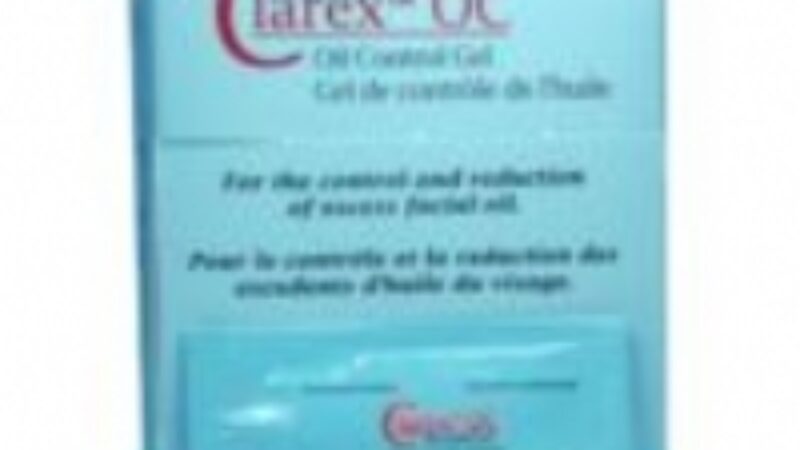Hallowe’en is a time for frightening tricks and sweet treats, but skin care shouldn’t be scary, should it? Despite our best efforts to be informed, we often end up applying ingredients to our skin that not only unfamiliar but, on top of that, unpronounceable. As scary as some things sound, they may turn out to be incredibly beneficial and sometimes even natural.
In North America, Europe and Asia, the list of ingredients are required by law to be clearly labelled using the International Nomenclature of Cosmetic Ingredients system, a standardized practice that allows consumers to recognize ingredients in most countries worldwide. Although helpful, it is not mandatory for those chemical names to be written in terms we are more familiar with. For instance, L-ascorbic acid sounds like it could cause considerable burning or stinging, and yet it’s a stable version of skincare darling Vitamin C.
We’ve picked up on a few ingredients that, when seen, may cause you to think twice about using them. Keep calm and read on before deciding if they are really that scary:
- Malic Acid: The word “acid” automatically conjures up images of burning, and yet malic acid, an alpha hydroxy acid derived from apples, is a boon for sensitive skin. Although not as widely used or as well known as glycolic acid, malic acid tends to be less irritating while providing similar benefits by exfoliating the skin gently. Part of the unique formula in the original MaMa Lotion, malic acid, teamed up with mandelic acid, works wonders for uneven pigmentation, acne scarring and dull complexions.
- Vaccinium Macrocarpon: Although it may sound like an unpleasant virus, Vaccinium Macrocarpon is actually another name for the cranberry fruit. Widely touted as a superfood, cranberry extract is used in skin care due to its impressive antioxidant punch. It’s also rich in vitamin A, vitamin E and Essential Fatty Acids (EFA’s), making it an integral part of Apothekari A is for Anti-Aging Retinal Serum.
- Methylsulfonylmethane (MSM): An organic form of sulfur, this compound that can be found in plants, animals and even humans. Sulfur has long been used in skin care treatments for acne, thanks to its antibacterial and anti-inflammatory properties. Because MSM contributes to the strength of connective tissues, its inclusion in topical treatments is also believed to promote skin health.
- Sodium Ascorbyl Phosphate: We’ve all heard of phosphates from laundry detergents that end up in our waterways, encouraging the overgrowth of algae and toxins that are harmful to fish, humans and plants. However, sodium ascorbyl phosphate is one that we need not fear. It’s a well-tolerated form of stable vitamin C that fights acne, calms inflammation and makes short work of free radicals. You can find it being the star of Apothekari Super C Serum.
- Bis-ethylhexyloxyphenol Methoxyphenyl Triazine : I love this ingredient, not only due to its multi-syllabic extravagance but also because, at the end of the day, we have gotten just as many calls from customers looking for this as Mexoryl XL (which has its own fancy name of Drometrizole trisiloxane). Bis-ethylhexyloxyphenol methoxyphenyl triazine is also known as Tinosorb S, a sun filter that has quickly gained prominence thanks to its stability when exposed to sunlight and its effectiveness in protecting the skin against both long and short UVA rays that cause wrinkles, premature aging and some forms of skin cancer. Find it in one of our favorite sunscreens ever, Anthelios Comfort Crème SPF 50+.
- Palmitoyl Pentapeptide-3: Known by its trade name Matrixyl, this anti-aging peptide can be found extensively in Neostrata Canada’s anti-wrinkle products and is often paired with retinol to maximize collagen production and to reduce the signs of premature aging. Matrixyl consists of five amino acids linked together attached to a fatty acid, which enhances its absorption into the skin. For those who are hesitant to use a retinoid, peptides are a great alternative.
See? Not so scary, and that’s no trick.



